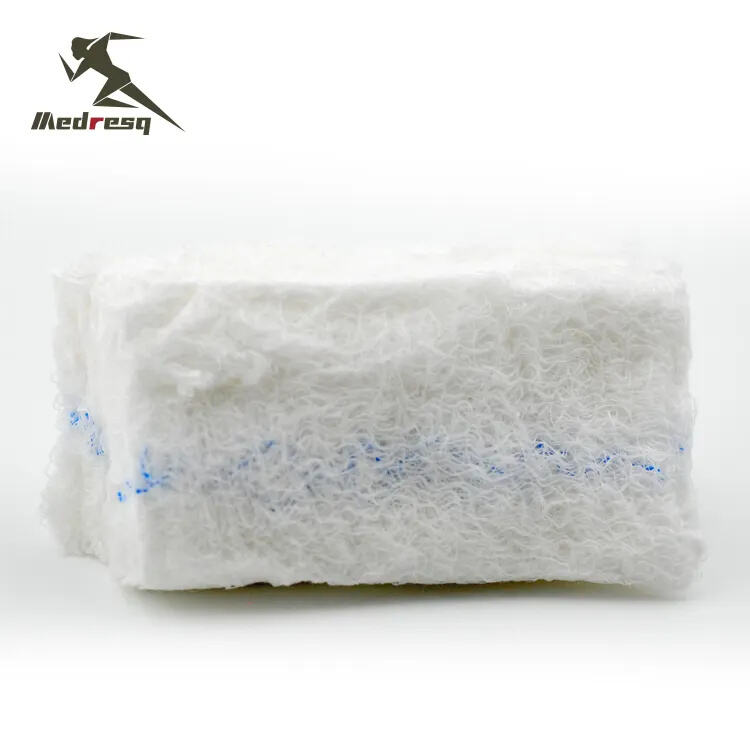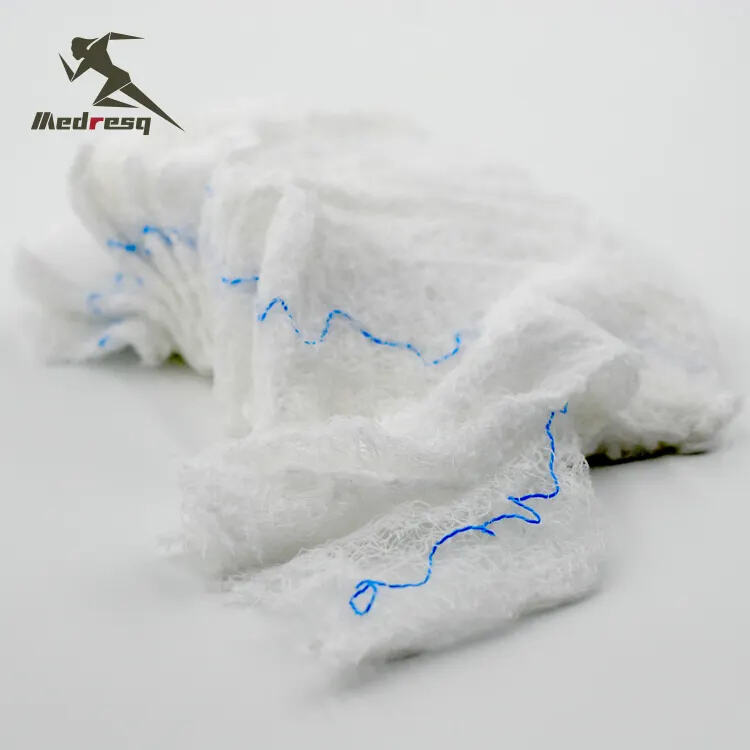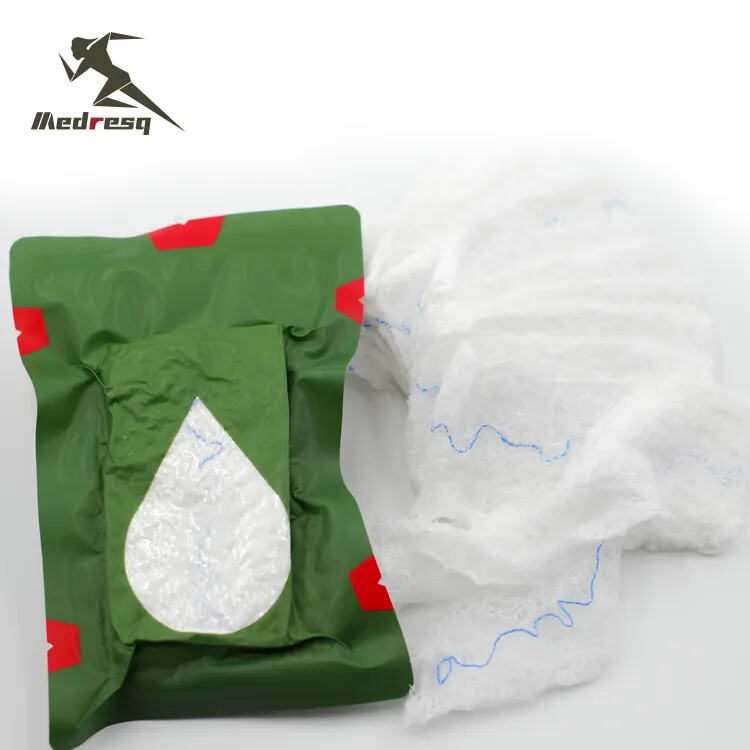Tension pneumothorax is very serious when air enters the space between the lung and chest wall, increasing the pressure on the lungs and other vital structures in the chest. If timely treatment is not given, this illness may lead to the heart failing and death. When a patient has tension pneumothorax, needle decompression may be necessary to ease the pressure and help them survive until other medical care is given. We will explore how needle decompression kits can be used to save lives in tension pneumothorax cases and provide a detailed guide on the proper technique and considerations when selecting the right equipment.

Step-by-Step Guide to Proper Needle Thoracostomy Technique
It is necessary to be precise and firm with needle decompression to make the method safe and effective. These are the instructions for carrying out a needle thoracostomy:
1.Assessment and Preparation: First, use medical methods to confirm that a person has tension pneumothorax. Sometimes this illness is seen by major breathing difficulty, a shift of the trachea to one side and a drop in blood pressure. Check if your tools are ready and if all sterile needle decompression equipment is available.
2.Position the Patient: Ensure that the patient is lying face up or in a semi-upright position before you treat the chest.
3.Identify the Insertion Site: When placing the needle, the recommended place is the second intercostal space in the midclavicular line on the affected side. Another site available is the fifth intercostal space which is located at the anterior axillary line.
4.Clean the Area: Carefully wipe the site from which the needle will enter with an antiseptic solution before the check-up.
5.Insert the Needle: Attach a needle whose hole is large to a syringe. While keeping the needle at a right angle to the chest, gently press until air goes into the syringe, pointing out entry into the pleural cavity.
6.Remove the Needle: After releasing the air, extract the needle while fixing the catheter in place for further drainage. Fix the catheter into place and place a sterile dressing over it.
7.Monitor the Patient: Look for signs that the respiratory system is better and that the patient’s blood pressure is stable. Ensure that necessary chest tube insertion is ready if required.

Choosing the Right Needle Gauge (10g vs. 14g) for Chest Decompression
Picking the right needle gauge for decompression is very important. The number shown on the needle gauge describes the thickness of the needle, making a smaller number mean a thicker needle. Chest decompression is most often done with either a 10-gauge needle or a 14-gauge needle.
10-Gauge Needles: Pleural cavities can be emptied faster with a 10-gauge needle which is larger than other sizes. Doctors may choose these tubes for patients with a major collapse in their lungs or thick chest walls. At the same time, their size can cause more harm to important structures and may be harder to put into place.
14-Gauge Needles: More often, practitioners apply 14-gauge needles due to their smooth insertion and the ability to handle most cases of tension pneumothorax. You usually find them as standard in prepared needle decompression kits. Even though it takes them a little longer to release all the air, this decrease their risk of complications.
The selection of a needle gauge should match the patient’s condition, what is known about needles by the clinician and the access to resources in hand. It is important to check the equipment is suitable for the location and know how to use it, when using a needle decompression kit.
All in all, decompression kits are extremely useful in handling tension pneumothorax. Knowing how to use the needle and its size enable healthcare providers to do this step successfully. Staying well-practiced and educated is important to give patients experiencing this condition the best medical care.
 EN
EN
 FR
FR
 DE
DE
 IT
IT
 JA
JA
 KO
KO
 RU
RU
 ES
ES
 AR
AR
 BG
BG
 HR
HR
 DA
DA
 NL
NL
 FI
FI
 EL
EL
 NO
NO
 PL
PL
 PT
PT
 RO
RO
 SV
SV
 TL
TL
 ID
ID
 SR
SR
 UK
UK
 VI
VI
 SQ
SQ
 TH
TH
 TR
TR
 AF
AF
 MS
MS
 CY
CY
 IS
IS
 HY
HY
 AZ
AZ
 KA
KA
 MN
MN
 MY
MY
 KK
KK
 UZ
UZ
 CS
CS



